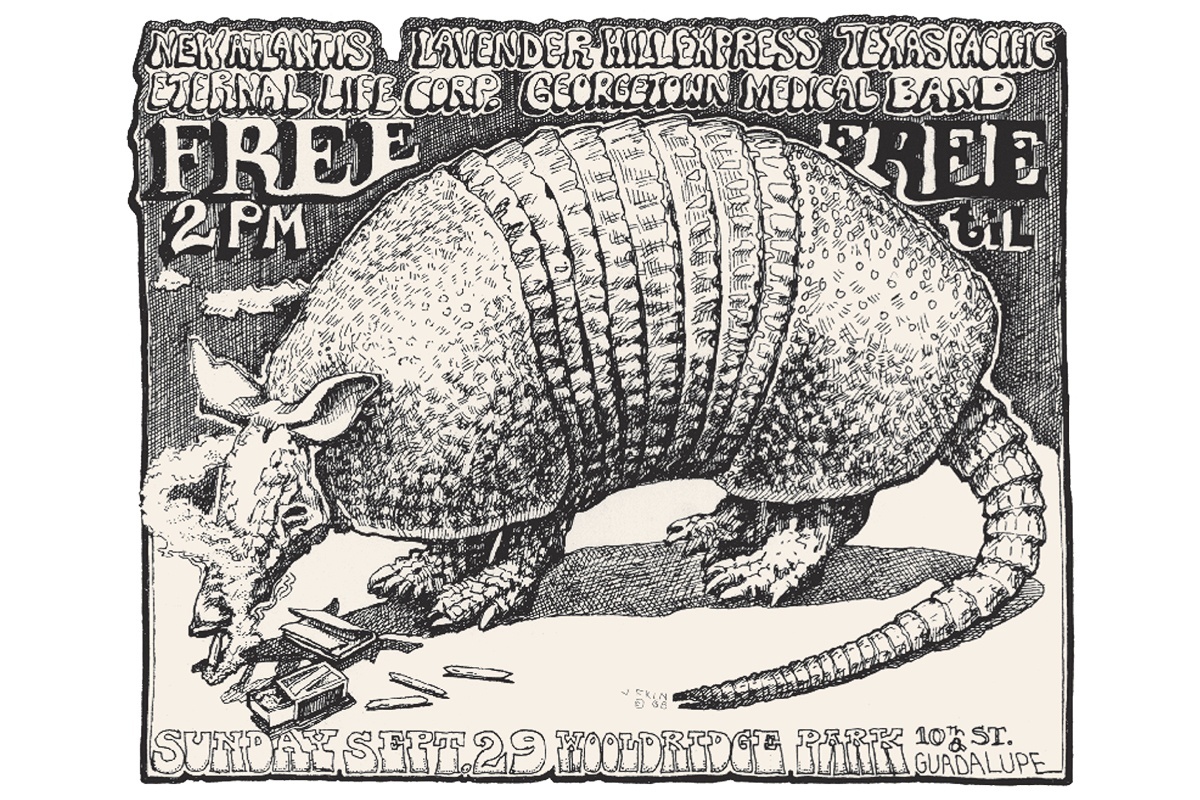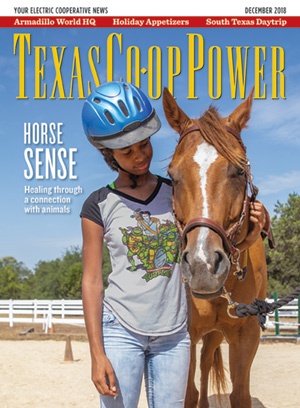During its remarkable and unlikely 10-year run, the Armadillo helped nurture and grow an Austin music scene, spreading its gospel around the world. In the 35 years since, the reputation of Austin as a music city has experienced exponential growth, and no small part of that is due to the work we did at Armadillo World Headquarters. Today, Austin is renowned for having an astounding abundance of resident musicians, venues, studios and other essential organs for a thriving music scene infrastructure, along with music festivals that are the envy of the world.
At the Armadillo, we were heavily involved in video production and had been putting performances on cablevision ever since the place opened. In fact, we produced a show called the Armadillo Country Music Review in partnership with KLRU, then KLRN, in July 1973 and were involved in various aspects of developing a music series when the TV station decided to produce its own show. Some of my cohort remained involved for a time, even after that show was produced and picked up in 1975 as a series under the name Austin City Limits.
In my opinion, AWHQ was quite simply the best music hall in the country—maybe even the whole world. Thousands of musicians played there: Willie Nelson, Frank Zappa, Bruce Springsteen, Taj Mahal, AC/DC, Charlie Daniels, the Ramones, Roy Buchanan and Bette Midler, to name a random few. The interesting thing is that so many of them kept coming back. They loved the place: the acoustics, the people who worked there, the huge nachos and other scrumptious food we served them, and the way the Armadillo made them feel a part of something bigger.
Another secret to our tenacity might have been our affinity for the lowly nine-banded armadillo. We named the place Armadillo World Headquarters primarily because the anachronistic armored mammal had already been established by Jim Franklin as the icon of the Texas hippies and, as such, we identified with the armadillo for spiritual as well as artistic reasons.
Artists at the University of Texas humor magazine the Ranger first began incorporating armadillo images in satirical pieces in the early sixties. Frank Erwin—the head of the UT Board of Regents who was held in special disdain by our community—reacted as if the snide references to the mammal were evidence of some sort of leftist plot or cult, a reaction that naturally inspired even greater demand for armadillo imagery and Dasypus novemcinctus itself.
In the late sixties, artists Gilbert Shelton and Jim Franklin pioneered a new visual style and vocabulary for the underground scene. Franklin had taken over from Gilbert at the Vulcan Gas Company. Armadillo images figured prominently in their handbills and other work created to promote the venue. Gilbert departed for San Francisco, and the Vulcan folded in 1970, but Franklin dug in his heels in Austin and brought the emerging visual vocabulary and attitude to the Armadillo on day one.
Music historians have also credited the Armadillo with being the place where two previously clashing groups of people—rednecks and hippies—found themselves under the same roof, enjoying a new blend of country music and rock, along with cold beer and cheap pot. The movement was already underway before Willie Nelson played AWHQ, but once he did, he joined our armored mammalian mascot as another icon of the cultural melting pot.
Excerpted from Armadillo World Headquarters by Eddie Wilson with Jesse Sublett. Published in 2017 by TSSI Publishing and distributed by University of Texas Press.


